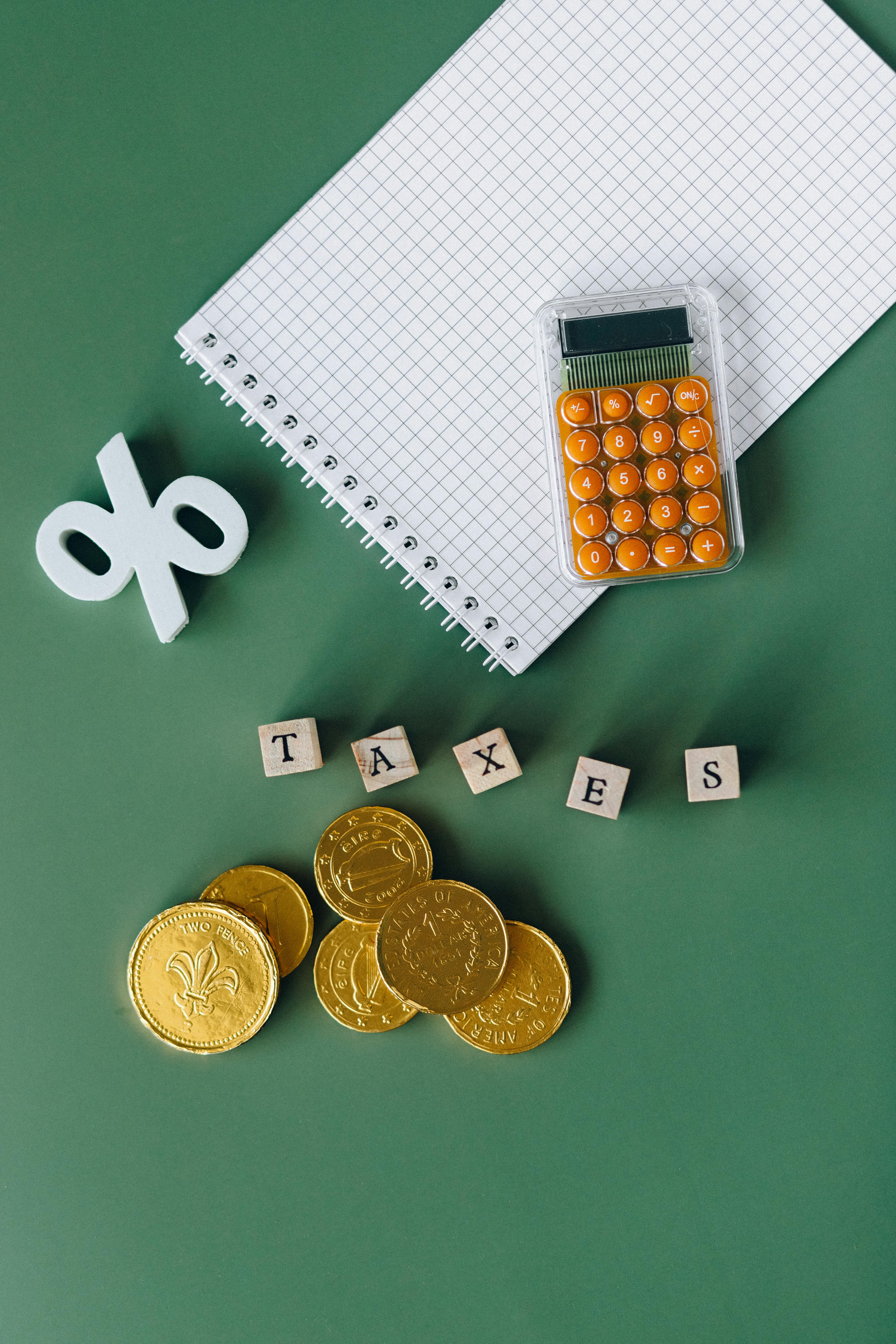Smart Ways to Clear iPhone Cache in 2025: Essentials to Optimize Storage

Smart Ways to Clear iPhone Cache in 2025
In an age where mobile devices have become central to our daily lives, maintaining optimal performance is essential, especially for iPhones. One significant aspect of iPhone maintenance is managing and clearing cache. Over time, cached data can accumulate and slow down your device, affecting everything from app performance to system responsiveness. In this article, we will explore how to clear iPhone cache effectively in 2025, providing you with essential tips to optimize your device's storage and speed.
Understanding the importance of clearing cache can lead to numerous benefits including improved speed, more available storage, and a better overall user experience. These tips will help you take control of your storage management, ensuring that your iPhone runs smoothly as you engage with various applications. We'll cover strategies such as deleting app cache, removing temporary files, and cleaning Safari cache, while providing you with practical insights and steps to streamline the cache clearing process.
Additionally, we will touch on advanced methods like resetting iPhone cache, uninstalling unused apps, and more. By following this roadmap, you'll be equipped to optimize your iPhone's performance effectively in 2025.
Key Takeaways: Regular cache management will help you clear app cache on your iPhone, manage memory effectively, and ultimately enhance your device performance.
Essential Steps to Clear App Cache on iPhone
To optimize your iPhone's performance, it’s crucial to know how to clear iPhone cache effectively, starting with the application cache. Apps tend to generate temporary files that can take up significant memory space over time. Thus, learning how to remove these files can lead to better device responsiveness.
Identifying Cache Settings
Begin by exploring the app data settings on your iPhone. Navigate to Settings > General > iPhone Storage. Here, you can see a list of all your installed applications alongside the amount of storage each is consuming. For apps that are occupying excessive cache, consider tapping on them to reveal specific data usage, where you may find options to clear cached data.
Additionally, if you discover apps that you rarely use but still hold cached data, it may be beneficial to uninstall them. This action not only clears any cached files but also frees up significant storage. Reinstalling the app later if needed can also serve as an effective method of cleaning temporary app data.
Manual Cache Clearing Techniques
For those who prefer a more hands-on approach, manually clearing cache is achievable through individual app settings. Open the specific app, seek settings related to application data, and look for options such as “Clear Cache” or “Delete Cookies” if applicable. This method will allow for granular control over what data you choose to erase.
In some applications, you may find a dedicated cache clearing option. For example, many browsers allow users to wipe history, cookies, and cache directly from the app settings, which leads to immediate storage relief.
Utilizing Cache Clearing Apps
Another smart way to manage cache on your iPhone is through cache clearing apps. These tools can help automate the cache-clearing process and simplify memory management. You can easily search in the App Store for reputable cache cleaning software that suits your needs.
Using an application for clearing cache can also provide additional features, such as tracking your storage history and prompting regular cleanups. Always ensure you research reviews and check the app permissions before installing any third-party cache management tools.

Purging iPhone Storage: Deleting Temporary Files
As you continue with your cache-clearing strategy, the next critical step is purging temporary files that may be clogging your iPhone’s memory. Temporary files often include downloaded content, browser cookies, and other residual data.
Removing Downloaded Files
To remove unnecessary files, start with downloaded and offline content. Frequently, we forget files we have downloaded from the internet or shared via apps. Head over to Files app > Recents to view and delete any items that are no longer needed.
Also, make a habit of regularly checking the Downloads folder found within various apps, such as Safari, and actively deleting anything that you do not intend to keep. This practice will steadily contribute to your storage optimization goals.
Cleaning Safari Cache and Cookies
Safari, being the default browser on iPhones, may accumulate a considerable amount of browsing history and cache over time. To clear this data, navigate to Settings > Safari > Clear History and Website Data. This process will help you delete all browsing data, cookies, and cache stored in Safari, ultimately freeing up space.
If you are concerned about privacy, regularly clearing these caches can also protect personal data, minimizing tracking from websites and advertisers.
Optimize iPhone Performance Without Excessive Cache
Optimizing your iPhone performance goes beyond just clearing cache. It’s about maintaining a lifestyle of proactive device management. Here’s how you can sustain performance improvements.
Resetting Network Settings for Enhanced Performance
Sometimes, lag or stutter in performance can be linked to connectivity issues. Resetting your network settings can enhance performance by restoring default configurations. To perform this action, go to Settings > General > Reset > Reset Network Settings. Be aware that you will lose saved Wi-Fi passwords, so it’s best to have them handy before proceeding.
This reset clears any residual cache that may be interfering with your network operations, leading to a smoother browsing experience.
Configuring Storage Settings for Optimization
Regularly check and adjust your storage settings for enhanced performance. Navigate to Settings > General > iPhone Storage and observe your current capacity. Apple provides recommendations here, like enabling Optimize Storage for music, which frees up space while still allowing access to your media.
Implement effective storage management options, like “Unload Unused Apps,” which automatically frees memory by removing apps you haven’t used in a while but keeps their data intact should you wish to reinstall them later.

Frequently Asked Questions about iPhone Cache Management
How often should I clear my iPhone cache?
It's recommended to clear your iPhone cache regularly, ideally every few weeks, especially if you use your device for heavy browsing or gaming. Regular maintenance ensures storage space is optimized, and performance stays high.
What happens if I reset iPhone cache?
Resetting your iPhone cache typically leads to temporary files being deleted without affecting your personal data. It can improve performance and speed but requires re-login to certain apps as cached data is cleared.
Do I lose my data when clearing app cache?
No, clearing app cache usually does not delete any personal data. This process mainly removes temporary files that the app recreates upon reopening, allowing the app to function more efficiently.
Why is my iPhone running slow, even after clearing cache?
If your iPhone continues to run slow even after cache clearing, it may indicate other issues, such as lack of space, outdated software, or background processes consuming memory. Regular troubleshooting may help identify the cause.
Can cache clearing apps harm my iPhone?
While most reputable cache clearing apps are safe to use, avoid downloading unverified applications. Excessive software can potentially harm performance or privacy settings. Always research before installation.
```